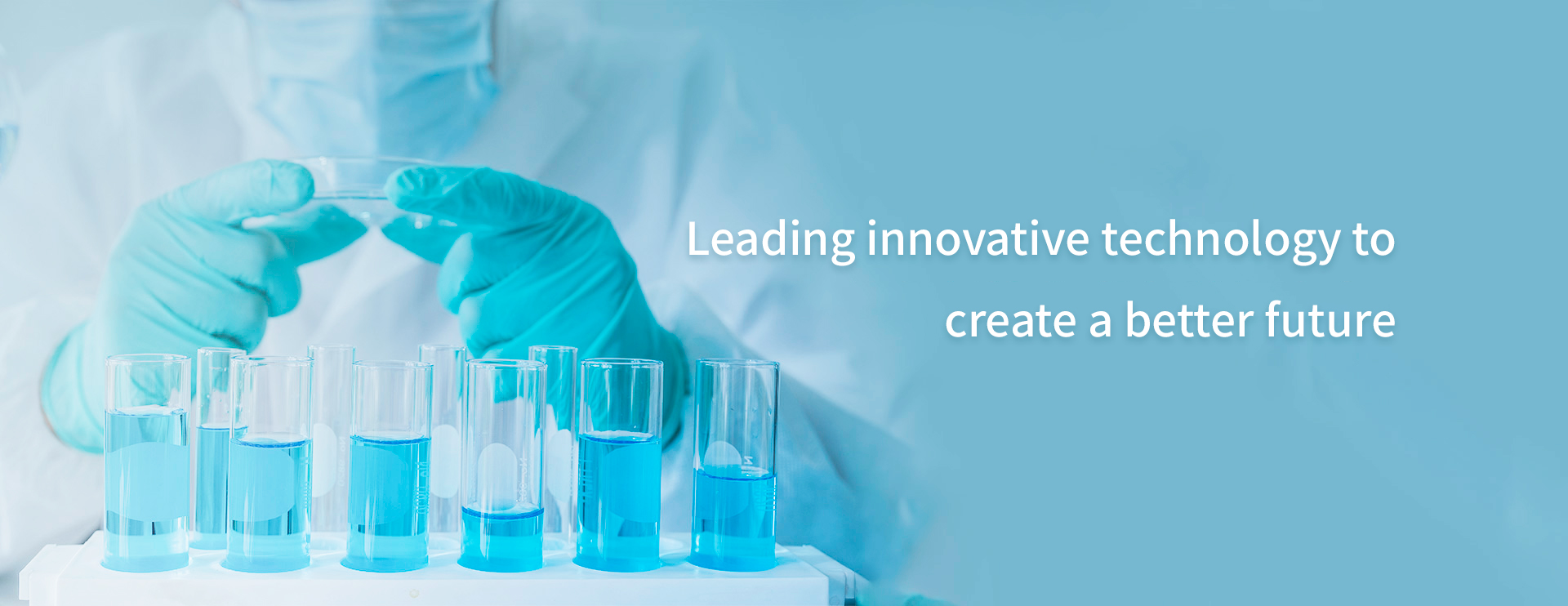


Pony testing group was established in 2002. It is a national food re inspection organization and a postdoctoral research station listed in Beijing. The headquarter of pini group is located in Beijing. In 2006, puni testing group has become a high-level cooperative Laboratory of P & G, undertaking the R & D and quality appraisal of daily chemical products, disposable sanitary products and other products in P & G technical center.
The long-term cooperation with P & G has established the outstanding advantages of puni test in the field of mask testing. All laboratories in the group have the ability to detect masks, among which Shanghai and Beijing laboratories of Penney test group have all the testing capabilities!
Testing products:
National standards / medical standards testing services for medical masks, including: GB 19083-2010 technical requirements for medical protective masks, YY 0469-2011 medical surgical masks, YY / T 0969-2013 disposable medical masks;
National standard testing services for civil protective masks include: GB / T 32610-2016 technical specification for daily protective masks, GB 2626-2006 respiratory protection self-priming filter type anti particulate matter respirator;
EU standards for civil and medical masks include en 149-2001 + a1-2009 and en 14683:2019.
Testing services:
Chemical index | Formaldehyde content, pH value, degradable carcinogenic aromatic amine dye content, ethylene oxide residue; |
Physical index | Basic requirements test, appearance requirement test, tightness, structure and size, nose clip, filtration efficiency, visual field, protective effect, particle filtration efficiency PFE, airflow resistance measurement, flame retardant performance, dead cavity, air tightness, inspiratory resistance, expiratory resistance, synthetic blood penetration test, surface moisture resistance test, color fastness to friction, mask tape and the connection between mask belt and mask body The fracture strength, breath valve cover fastness, expiratory valve protection device, headband, connecting and connecting parts; |
Microbiological indicators | Bacteria filtration efficiency BFE, microorganisms (coliform group, total number of fungal colonies, total bacterial colonies, pathogenic purulent bacteria), sterility |
Heavy metal index | Arsenic, cadmium, cobalt, chromium, copper, nickel, lead, antimony |
Toxicological hypersensitivity index | Toxic skin irritation, cytotoxicity and delayed hypersensitivity |
Qualification and ability scope of pony testing group laboratory mask testing:
Standard number and name | Test items |
GB 19083-2010 | Basic requirements for masks |
Nose clip | |
Mask belt | |
Filtration efficiency | |
Airflow resistance | |
Synthetic blood penetration | |
Surface moisture resistance | |
Total bacterial colonies | |
Coliform group | |
Pseudomonas aeruginosa | |
Staphylococcus aureus | |
Hemolytic streptococcus | |
Total number of fungal colonies | |
sterile | |
Ethylene oxide residue | |
Skin irritation | |
sign |
Standard number and name | Test items |
YY 0469-2011 surgical mask | appearance |
Structure and size | |
Nose clip | |
Mask belt | |
Synthetic blood penetration | |
Bacterial filtration efficiency | |
Particle filtration efficiency | |
Pressure difference | |
Total bacterial colonies | |
Coliform group | |
Pseudomonas aeruginosa | |
Staphylococcus aureus | |
Hemolytic streptococcus | |
fungus | |
Sterility test | |
Ethylene oxide residue | |
Skin irritation | |
Cytotoxicity | |
Delayed hypersensitivity | |
sign |
Standard number and name | Test items |
YY/T0969-2013 | appearance |
Structure and size | |
Nose clip | |
Mask belt | |
Bacterial filtration efficiency | |
Ventilation resistance | |
Total bacterial colonies | |
Coliform group | |
Pseudomonas aeruginosa | |
Staphylococcus aureus | |
Hemolytic streptococcus | |
fungus | |
Sterility test | |
Ethylene oxide residue | |
Cytotoxicity | |
Skin irritation | |
Delayed hypersensitivity | |
sign |